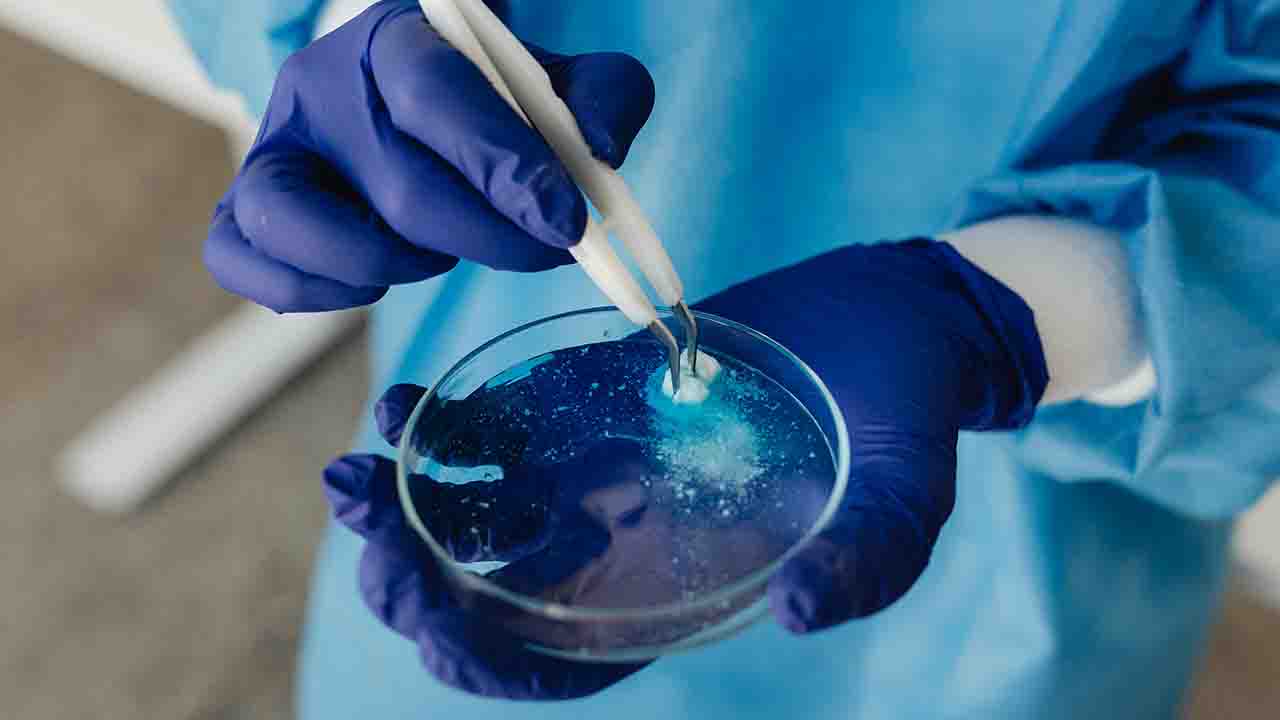Science & Technology (Commonwealth Union) – In a complex simulation that was carried out by UT Southwestern Medical Center scientists with the utilization of one of the world’s most powerful supercomputers has given new insights on to the way proteins known as SNAREs make the biological membranes fuse. The results that appeared in Proceedings of the National Academy of Sciences, give an indication of a new technique for this ubiquitous procedure and may eventually pave the way for new treatments for conditions in which membrane fusion are believed to have not gone right.
“Biology textbooks say that SNAREs bring membranes together to cause fusion, and many people were happy with that explanation. But not me, because membranes brought into contact normally do not fuse. Our simulation goes deeper to show how this important process takes place,” explained the study leader Jose Rizo-Rey (“Josep Rizo”), Ph.D., Professor of Biophysics, Biochemistry, and Pharmacology from the UT Southwestern Medical Center.
Researchers of the study pointed out that membrane fusion stands as a vital process in the tapestry of life, with a quintessential illustration found within neurons—the building blocks of the nervous system, comprising the bulk of the brain, spinal cord, and peripheral nerves. Here, communication thrives through the release of neurotransmitters from vesicles, necessitating fusion with the originating neuron’s cell membrane to unleash these vital chemical messengers, thereby enabling neuronal interaction and recognition.
Eukaryotic organisms, characterized by cells housing a nucleus bound by a membrane, boast cellular membranes crafted from a bilayer of phospholipids. These molecules, sporting water-attracting heads and water-repelling tails, assemble into membranes with their heads forming the interior and exterior linings, while the tails are nestled in between. Such phospholipid bilayer membranes encapsulate eukaryotic cells, their nuclei, numerous organelles, and various features like vesicles, facilitating cargo transport within and between cells.
In the annals of scientific exploration, around 1990, the revelation of SNAREs (soluble N-ethylmaleimide-sensitive factor attachment protein receptors) emerged as pivotal in understanding membrane fusion mechanisms. Initially likened to a zipper, these proteins were thought to orchestrate membrane fusion by bringing them into close proximity. However, elucidation over time, as detailed by Dr. Rizo-Rey, unveiled substantial gaps in this theory. Notably, even mutated SNAREs capable of fostering membrane contact failed to induce fusion, challenging prior assumptions.
In an effort to deepen their understanding of SNAREs’ role in membrane fusion, Dr. Rizo-Rey and his team pursued an alternative strategy. Leveraging Frontera, one of the world’s most powerful supercomputers housed at the Texas Advanced Computing Center at The University of Texas at Austin, they conducted an exhaustive all-atom molecular dynamics simulation. This simulation replicated the fusion of a vesicle with a lipid bilayer, mimicking neuronal cell membranes. The computational endeavor involved predicting the intricate interactions of approximately 5.3 million atoms, demanding substantial computational resources.
The results of the simulation revealed a significant insight: rather than merely facilitating the physical proximity of biological membranes, the SNARE complex instigates the flipping of phospholipids in both the cell membrane and the vesicle. This molecular rearrangement allows their water-repelling tails to intermingle, prompting membrane fusion and the subsequent formation of a pore through which the vesicle’s contents are expelled outside the cell.
While Dr. Rizo-Rey emphasized the need for further investigation to validate this mechanism’s occurrence in actual cells, he underscored the coherence of the simulation’s findings from a physicochemical standpoint. Additionally, he noted their alignment with observations from numerous other studies on cell fusion carried out in the past years.
Although immediate health implications aren’t evident from this discovery, Dr. Rizo-Rey mentioned that researchers could potentially leverage these findings to develop novel therapies for various neurological diseases such as Alzheimer’s, Parkinson’s, schizophrenia, and epilepsy. These conditions often involve treatments that modulate neurotransmitter release, a process which this discovery could inform. Furthermore, Dr. Rizo-Rey highlighted that the diseases like diabetes, heart disease, high blood pressure, cancer, and viral infections rely heavily on membrane fusion, suggesting that intervening in this process could lead to future treatments.
As most of these conditions particularly cancer, diabetes, neurological diseases and heart disease are responsible for a majority of ailments and deaths across the world, these new insights on cell fusion could possibly play a crucial role in the treatment of these conditions.
This study also involved contributions from other UTSW researchers, including Milo Lin, Ph.D., an Assistant Professor in the Lyda Hill Department of Bioinformatics, Biophysics, and the Center for Alzheimer’s and Neurodegenerative Diseases; Levent Sari, Ph.D., a Senior Research Scientist; and Klaudia Jaczynska, a graduate student researcher.








